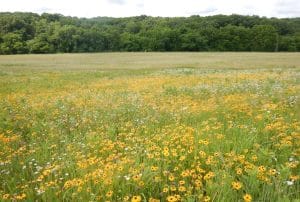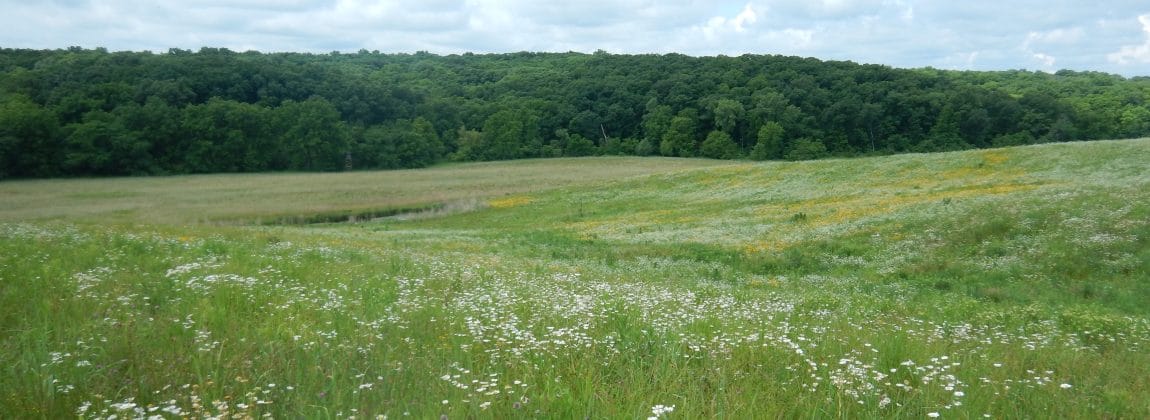The Chariton Hills Conservation Bank is the first conservation bank in Missouri and the first nationwide to protect the endangered Indiana bat and the threatened northern long-eared bat. Conservation banks are areas of land set aside to permanently protect threatened or endangered species and their habitats.
 In 2018, Burns & McDonnell, with approval from the U.S. Fish and Wildlife Service, opened the 1,300-acre conservation bank in Northern Missouri as a service to developers who need environmental solutions for their projects. Developers can use credits from the bank to compensate for expected adverse impacts to similar, nearby ecosystems. For Burns & McDonnell’s conservation bank, each conservation credit corresponds to one acre of habitat.
In 2018, Burns & McDonnell, with approval from the U.S. Fish and Wildlife Service, opened the 1,300-acre conservation bank in Northern Missouri as a service to developers who need environmental solutions for their projects. Developers can use credits from the bank to compensate for expected adverse impacts to similar, nearby ecosystems. For Burns & McDonnell’s conservation bank, each conservation credit corresponds to one acre of habitat.
The Chariton Hills Conservation Bank is protected in perpetuity by a conservation easement held by MCHF.
The bats inhabit caves and forests of the Eastern and Midwestern United States. In winter, these small bats hibernate in caves or abandoned mines. Currently, nearly one-third of the global Indiana bat population hibernates in an abandoned mine in Hannibal, Mo., known as the Sodalis Nature Preserve. In the summer months, they roost in tree cavities or beneath the loose bark of live, dead, or dying trees. Foraging sites include riparian areas, upland forests, ponds, and fields.
Using conservation bank credits eliminates many of the timing and permitting uncertainties associated with using other mitigation methods. Credit purchasers get a cost-effective solution and benefit from the reduction of permit and staff time, and from liability associated with future performance.
Conservation banks assist the USFWS and its conservation partners in meeting their conservation goals to effectively manage and protect these forest-dwelling threatened and endangered bats by conserving lands and consolidating smaller mitigation requirements into larger, more ecologically viable sites. Work on these sites include upland tree planting. For example, 9,000 trees like oaks and hickories, were planted across 22.5 acres. Woodland and savanna habitats, which are relatively open areas with trees, grasses and forbs, are maintained through periodic burning. Bottomland tree plantings include eastern cottonwoods because of their tolerance for high moisture areas. Native species are planted in prairies and grasslands.









